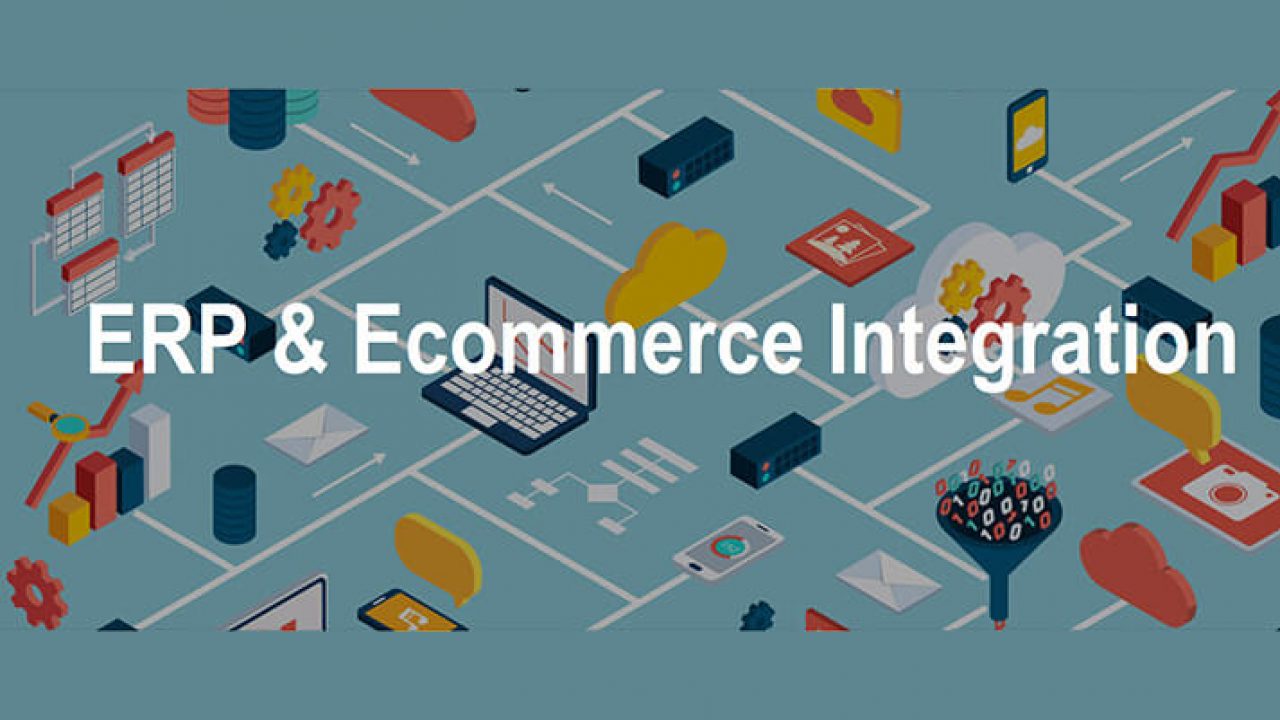Every company strives to reduce risk and maximize profit. ERPs (Enterprise Resource Planning) can reduce the risk of operations significantly and improve the business’ productivity. ERPs have become the lifeline of retail corporations moving to eCommerce and rising private labels.

ERPs have always relied on EDI and APIs for syncing with external systems. Traditionally, EDI is the integration approach that B2B platforms typically employ. The APIs are comparatively modern options that SaaS services rely on. APIs allow the marketing teams to make quick decisions without interrupting data flow and compromising data security.
How can two-way integration help businesses grow?
The integration of a company’s backend inventory and accounting system with the eCommerce platform is eCommerce integration. It fosters the complete flow of information between the two systems in both directions. Entering data into the system once is enough for all successive operations.
Two-way integration can cut costs and the requirement of manual intervention. This, in combination with rising productivity and efficiency, can boost a business’s ROI significantly.
How does ERP and eCommerce cloud integration boost business productivity?
The improvement of efficiency and productivity of a business depends a lot on e-commerce to erp cloud integration. Currently, most eCommerce platforms offer one-way integration. Upon integration of both the systems, both the business staff and the consumer can view the pricing information and inventory in real-time.
Most importantly, the integration of eCommerce and ERP reduces the need for manual intervention during transaction handling. You can monitor your critical data types – customer data, order and inventory data, and shipping or tracking data.
How does the absence of e-commerce to ERP cloud integration affect business operations?
The absence of e-commerce to ERP cloud integration creates room for error. The manual handling of the data update process can result in mistakes in more than one step. Here are the few steps where the lack of automation increases the probability of errors –
- Mistakes in updating the shipping address
- Overselling of products due to delay in updating the product inventory
- Incomplete information or incorrect data about the product on sale
The lack of two-way communication and integration can take a considerable toll on the entire consumer experience.
What are the advantages of integrating eCommerce and ERP?
SaaS solutions have enabled integration and innovation on the cloud. Here is how the adoption of eCommerce to ERP cloud integration can help your business:
- It can potentially provide unlimited volumes of data syncing in almost real-time.
- The integration of your backend office software will enable your company to offer a better experience to your customers. Your buyers will be able to track the shipment and contact services whenever necessary.
- While the customers can check the prices of commodities during off-season or sales, the staff will also be able to see which consumers qualify for special low-price offers and discount coupons.
- It fosters automation and allows B2B customers to enjoy automated tax calculations based on state and locality. Additionally, B2B customers get currency conversion options.
The integration of e-commerce to ERP systems on the cloud can create savings in almost every administrative department. Every business can enjoy streamlined operations with reduced errors. It is no wonder that a majority of small companies, as well as larger corporations, are opting to integrate eCommerce platforms and ERP solutions.









